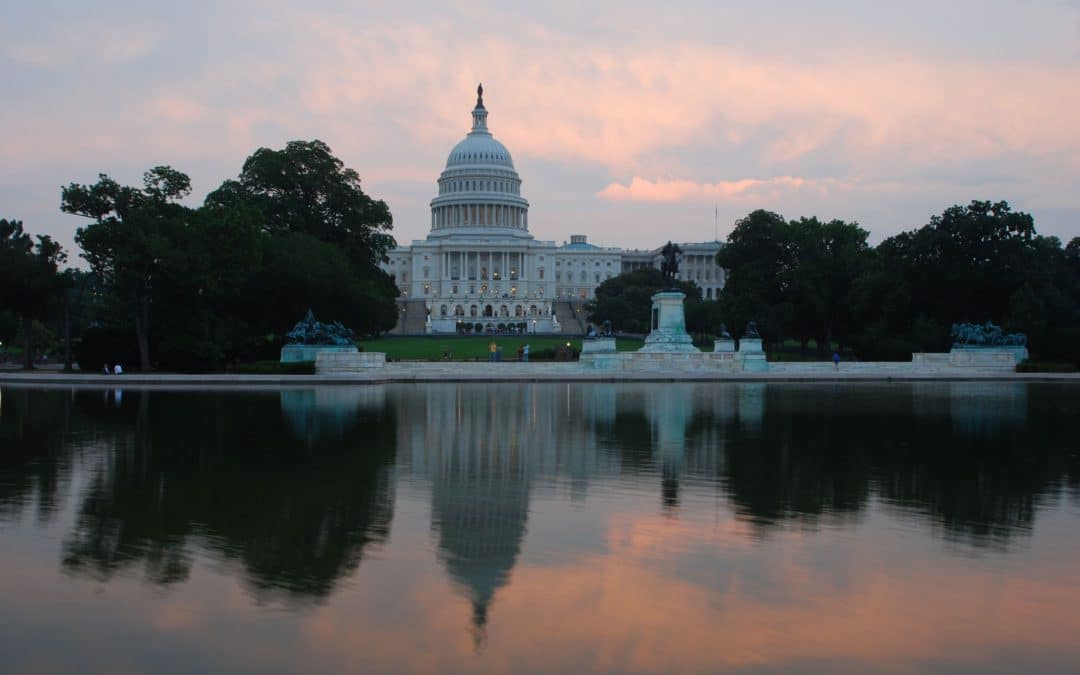Under the original ACA, a person or family is eligible for ACA tax subsidies that reduce or eliminate their ACA health insurance policy’s monthly premiums if their employer-provided healthcare coverage costs more than 9.83 percent of their income. The glitch created in this process was that even non-single applicants with spouses or dependents must utilize the cost for a single person on their employer’s plan when making this calculation rather than the cost for the entire family. So, you may be spending well over 9.83 percent of your income on your family’s health insurance and still be deemed ineligible for an ACA tax subsidy.
By correcting the wording and removing the family glitch, tax subsidies could provide free or discounted ACA health insurance plans for families spending more than 9.83 percent of their income on employer-provided insurance.
This comes when the American Rescue Plan Act’s temporary expansion of availability to ACA affordable health insurance plans is due to come to an end soon, as this was put in place as an emergency measure to provide more Americans access to healthcare during the COVID-19 pandemic. While Biden’s administration has attempted to make many of these expansions permanent through his Build Back Better Bill, these attempts have stalled on the congressional floor.
Learn More: Millions to Lose Medicaid & CHIP Coverage as Pandemic Ends
These temporary measures have brought the ACA to its highest rate of use in its existence. During the 2022 Open Enrollment period held at the end of 2021, a record high of 14.5 million people purchased an ACA plan, newly insuring 6 million more people.
Fixing the family glitch would affect the insurance costs or ACA eligibility for more than 5 million people, with many families’ monthly premiums being reduced monthly by hundreds of dollars. This fix is estimated to cost $45 billion over 10 years, making it the largest ever to expand the Affordable Care Act since it was enacted more than a decade ago.
While the Open Enrollment window for 2022 has ended, the current Special Enrollment Period (SEP) allows people with lower incomes or particular circumstances to enroll now through an ACA marketplace such as TrueCoverage, which offers more than 50,000 health insurance plan options across the U.S. 70 percent of TrueCoverage applicants may qualify for FREE quality health insurance! And the remainder typically qualify for BIG monthly premium discounts!
Special Enrollment Period (SEP) qualifiers include:
- Loss of Coverage
- Losing eligibility for Medicare, Medicaid, or CHIP
- Loss of job
- ACA coverage is often more affordable than COBRA!
- Loss of health insurance coverage through school
- Becoming age 26 and losing parental coverage
- Health insurance enrollment or plan error
- Change in Household
- Marriage or divorce
- Birth or adoption of a new baby
- Death in the family
- Separating from a domestic abuse partner
- Becoming a U.S. Citizen
- Housing Changes
- Moving to a different ZIP code or county
- A student moving to or from where they attend school
- A seasonal worker moving to or from where they work
- Moving to or from a shelter or transitional housing
- Being a victim of a natural disaster
- Being released from incarceration (jail or prison)
- AmeriCorps members starting or ending their service
- Low-Income Families – Annual Income Threshold
- Single Household – $19320 annually
- Household of Two – $26130 annually
- Household of Three – $32940 annually
- Household of Four – $39750 annually
- Household of Five – $46560 annually
Visit TrueCoverage.com to see what you may qualify for, or call 1-888-611-3705 to speak to a TrueCoverage agent to discuss your options.

